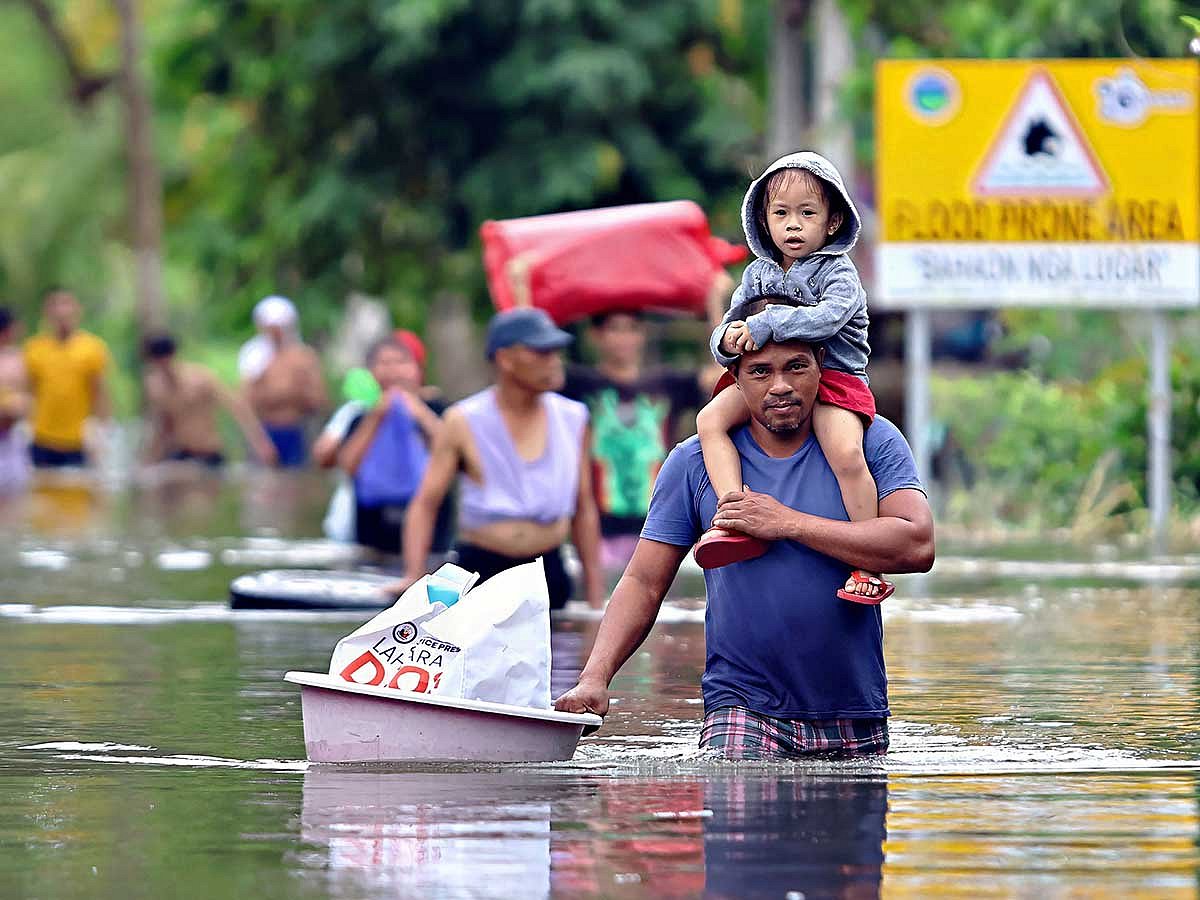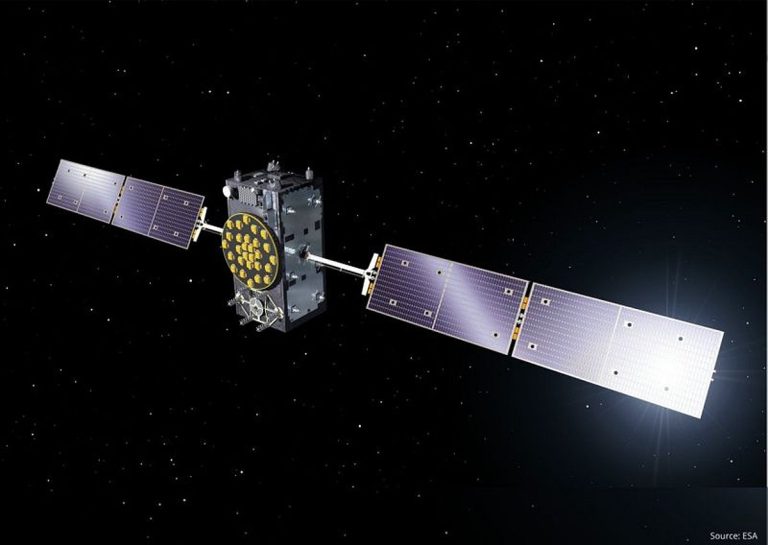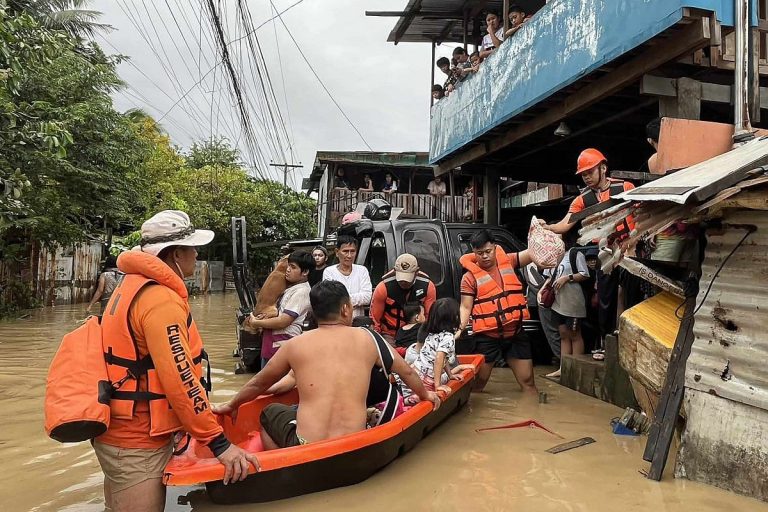Typhoon Fung-wong Leaves Casualties and Displacement in Phil
The Philippines is grappling with the aftermath of Typhoon Fung-wong, which recently swept through the region, causing significant destruction. As the storm exits, the country faces the challenge of recovery, with reports of casualties and widespread displacement. The typhoon’s impact has been severe, especially in the northern provinces.
Typhoon Overview and Impact
Typhoon Fung-wong, known locally as Uwan, made landfall in northeastern Aurora province on Sunday night, bringing with it sustained winds of up to 185 kilometers per hour (115 mph) and gusts reaching 230 kilometers per hour (143 mph). The storm, classified as a super typhoon, affected a vast area, with its diameter spanning approximately 800 kilometers (1,100 miles).
As the typhoon moved northwest toward Taiwan, it left behind a trail of destruction. At least two fatalities have been confirmed: one individual drowned in flash floods in Catanduanes, while another died when her home collapsed in Catbalogan city, Eastern Samar. The storm has also displaced over 1.4 million people, with many seeking refuge in emergency shelters or with relatives.
Flooding and Damage Reports
The heavy rains and strong winds from Fung-wong resulted in severe flooding across at least 132 villages in the northern regions. Some residents found themselves trapped on rooftops as floodwaters rose rapidly. The Office of Civil Defense reported that approximately 1,000 houses were damaged, and landslides blocked several roads, complicating rescue and relief efforts.
Bernardo Rafaelito Alejandro IV of the Office of Civil Defense emphasized that while the typhoon has passed, the lingering rains still pose a risk in certain areas, particularly in northern Luzon and metropolitan Manila. Authorities are prioritizing rescue and disaster-response operations as conditions improve.
Government Response and Future Precautions
In light of the extensive damage caused by both Typhoon Kalmaegi and Fung-wong, Philippine President Ferdinand Marcos Jr. declared a state of emergency. This declaration aims to facilitate a coordinated response to the ongoing crisis. Although the Philippines has not yet requested international assistance, the United States and Japan have expressed their readiness to provide support if needed.
Schools and most government offices were closed on Monday and Tuesday as a precautionary measure. The storm also led to the cancellation of over 325 domestic and 61 international flights, leaving more than 6,600 commuters and cargo workers stranded at ports due to the coast guard’s restrictions on maritime travel.
The Philippines’ Vulnerability to Natural Disasters
The Philippines is one of the most disaster-prone countries in the world, facing an average of 20 typhoons and storms each year. Additionally, the nation is susceptible to earthquakes and volcanic eruptions, further complicating its disaster response capabilities. The recent events underscore the need for ongoing preparedness and resilience-building measures to mitigate the impact of future natural disasters.
FAQs
What areas were most affected by Typhoon Fung-wong?
The northern provinces of the Philippines, particularly Aurora, Catanduanes, and Eastern Samar, experienced the most significant impact, with severe flooding and damage reported.
How many people were displaced due to the typhoon?
Over 1.4 million people were displaced, with many seeking shelter in emergency facilities or with family members.
What is the current status of rescue operations?
Rescue and disaster-response operations are underway, focusing on areas still at risk due to lingering rains and flooding. Authorities are working to clear blocked roads and assist those in need.
Conclusion
The aftermath of Typhoon Fung-wong has left the Philippines facing significant challenges, including loss of life and widespread displacement. As recovery efforts continue, the government is mobilizing resources to assist affected communities. The situation remains fluid, and ongoing monitoring will be essential as the country navigates the recovery process.
The Philippine government is also coordinating with local non-governmental organizations to provide immediate relief to affected communities. These efforts include distributing food, water, and medical supplies to those in emergency shelters. Additionally, local authorities are assessing the extent of damage to infrastructure, which will be critical for planning long-term recovery strategies.
As the nation begins to recover, experts emphasize the importance of investing in disaster preparedness and climate resilience. The Philippines’ geographical location makes it particularly vulnerable to the effects of climate change, which is expected to increase the frequency and intensity of severe weather events. Strengthening early warning systems and community training programs could play a vital role in minimizing future risks.
Also Read:
Typhoon Uwan Approaches Luzon: Prepare for Impact
Typhoon Uwan Hits Philippines: Key Updates and Impact
Typhoon Kalmaegi Hits Vietnam After Deadly Philippines Impac







